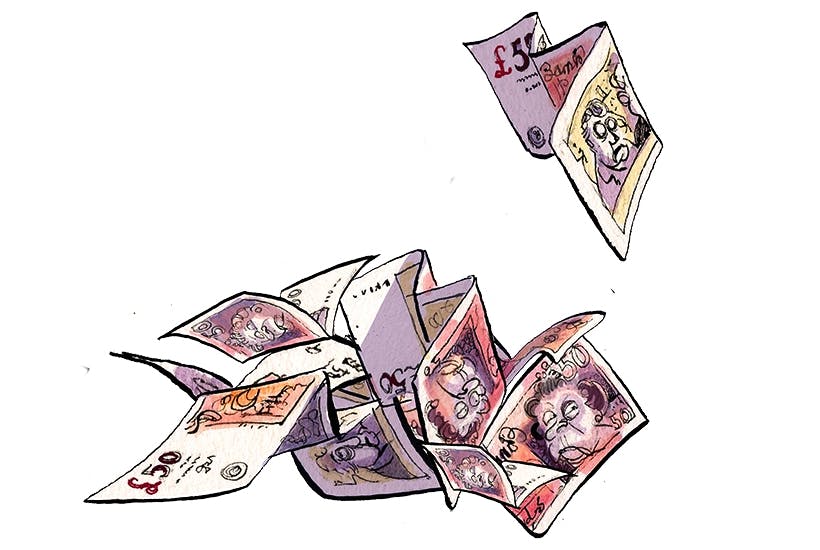The ONS recorded a sharp recovery in economic growth in March. The Bank of England has already increased its forecast for the growth of the UK economy in 2021. Now comes more evidence of rapid growth. The quarterly CIPD/Adecco Labour Market Outlook, published today, shows a sharp rise in the number of organisations that are hiring extra staff or are expecting to do so over the next few months. The survey, which goes out to 1,000 employers in the private, public, and voluntary sectors, found that 36 per cent of employers are planning to increase staff levels over the next three months. Nine per cent said they are expecting to shrink staff levels, 50 per cent will keep numbers the same and 6 per cent don’t know.
The net balance between those planning to increase their staff and those planning to shrink staff levels — 27 per cent — is the highest since the second quarter of 2018. It is a little higher in the private sector and voluntary sectors, at 28 per cent, than in the public sector, at 22 per cent. The sectors where firms are most looking to hire staff are healthcare (a net balance of 54 per cent), information technology (37 per cent), administration and support services (32 per cent), and construction (32 per cent). The sectors with the least lively jobs markets are manufacturing (a net balance of 17 per cent) and utilities (18 per cent).
The danger is that furlough morphs, or has already morphed, into a very expensive form of welfare
The survey does, however, add to worries over inflation. Expectations among employers of increases in pay over the next 12 months have doubled from a median of 1 per cent to 2 per cent. Last autumn, employers in the private sector were expecting no annual increase in pay over the next year at all. If pay really does go up by 2 per cent over the next year that will still be quite modest; it is only equivalent to the Bank of England’s inflation target.
Yet anecdotal evidence suggests there could be sharp rises in pay over the next few months as businesses try fully to reopen their services but find that staff are hard to come by. I was speaking to the landlord of a large pub in the Home Counties last week who said he is having to increase pay among his staff by between 10 and 15 per cent as he reopens his doors. The reason is that many Eastern European workers have returned home — either as a result of the pandemic or Brexit — and show little inclination to return. Meanwhile, some staff who are still on furlough are enjoying their leisure time too much and show little sign of wanting to look for new opportunities — even if their old job is no longer likely to be there for them. On current plans the furlough scheme should run until September — three months after the planned fully reopening of the economy.
The danger is that furlough morphs, or has already morphed, into a very expensive form of welfare. ‘Britain deserves a pay rise,’ proclaimed George Osborne’s slogan when he increased the National Living Wage sharply in 2015 — effectively stealing Ed Miliband’s policy of ‘pre-distribution’ (trying to make sure that workers are paid more in the first place so they don’t then have to claim benefits).
But Boris Johnson’s government has gone far further in aping a policy of the left: furlough, while it is supposed to be a temporary scheme for an emergency, is at risk of becoming a kind of universal basic income that provides people with a good living even when they are not in active employment. If it is allowed to drag on after the crisis is over, the costs to the economy in wage inflation could be huge.







Comments